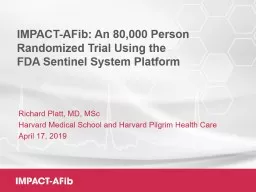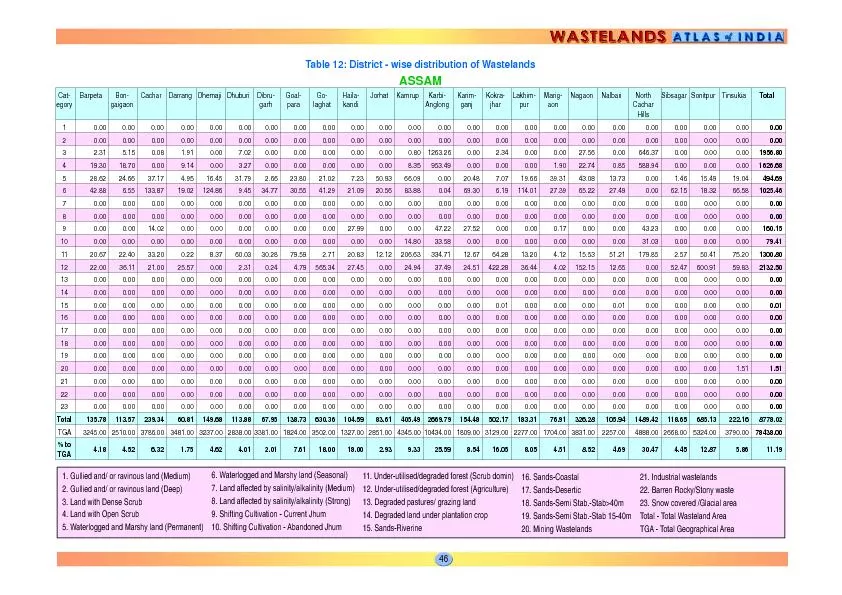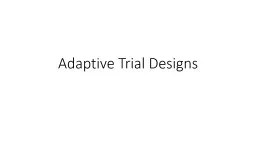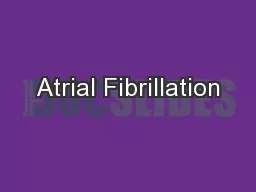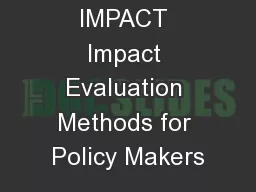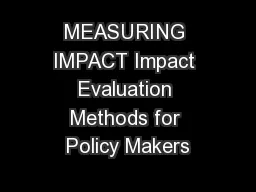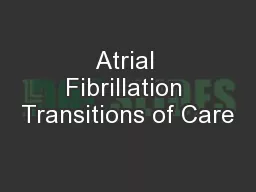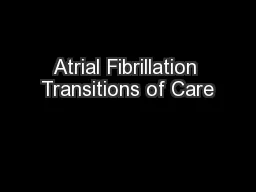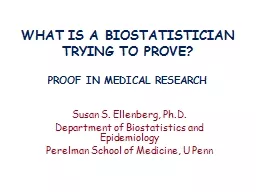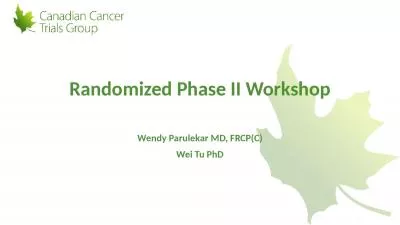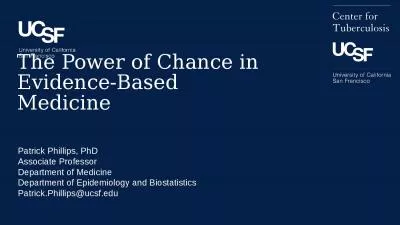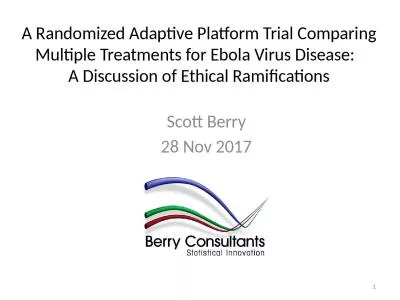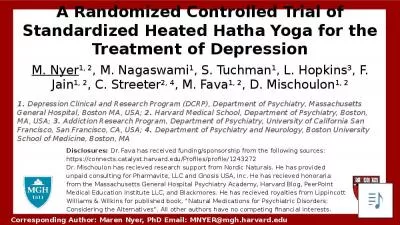PPT-IMPACT- AFib : An 80,000 Person Randomized Trial Using the
Author : celsa-spraggs | Published Date : 2020-04-09
FDA Sentinel System Platform Richard Platt MD MSc Harvard Medical School and Harvard Pilgrim Health Care April 17 2019 Atrial fibrillation a common and important
Presentation Embed Code
Download Presentation
Download Presentation The PPT/PDF document " IMPACT- AFib : An 80,000 Person Randomi..." is the property of its rightful owner. Permission is granted to download and print the materials on this website for personal, non-commercial use only, and to display it on your personal computer provided you do not modify the materials and that you retain all copyright notices contained in the materials. By downloading content from our website, you accept the terms of this agreement.
IMPACT- AFib : An 80,000 Person Randomized Trial Using the : Transcript
Download Rules Of Document
" IMPACT- AFib : An 80,000 Person Randomized Trial Using the "The content belongs to its owner. You may download and print it for personal use, without modification, and keep all copyright notices. By downloading, you agree to these terms.
Related Documents

